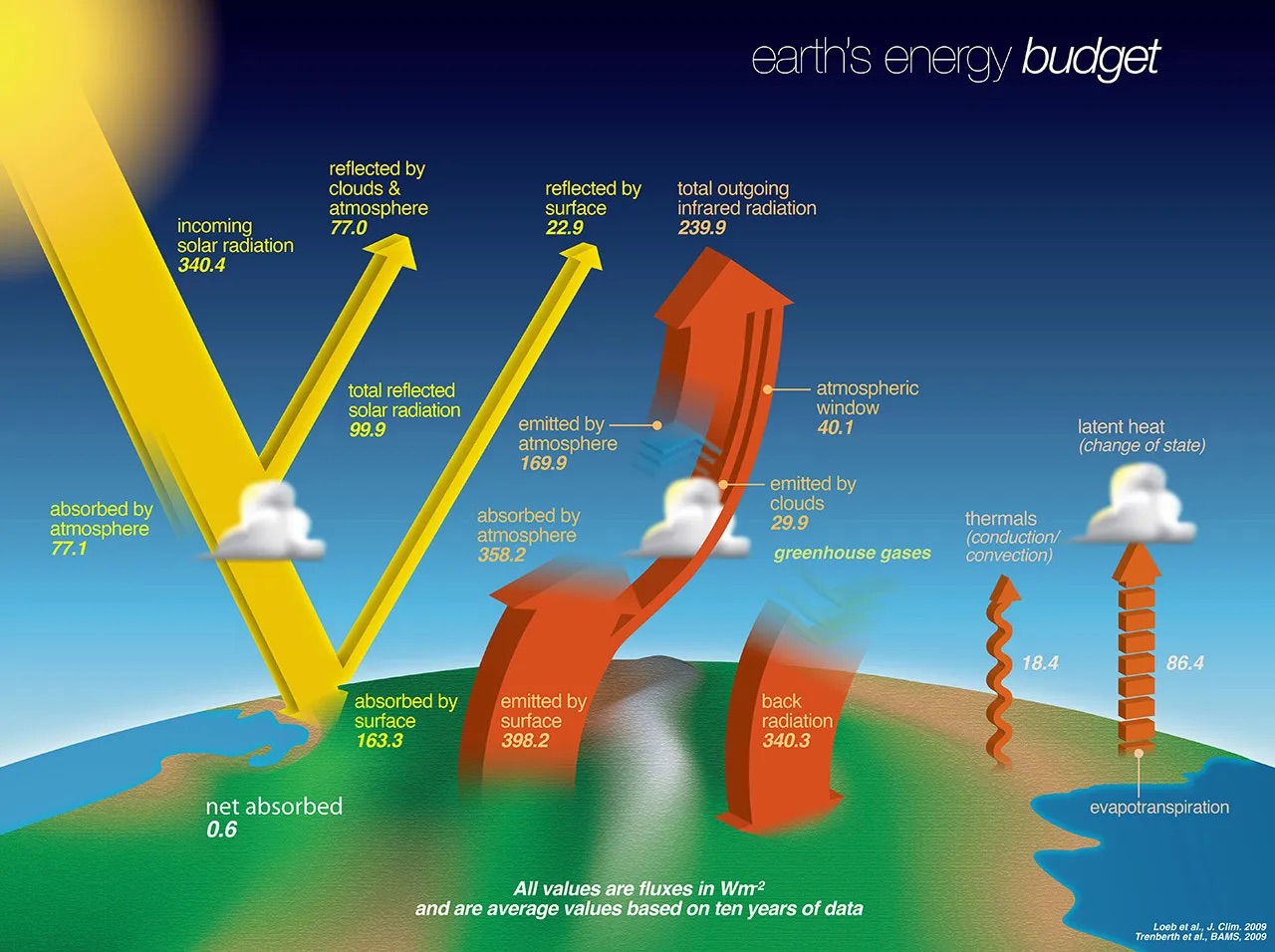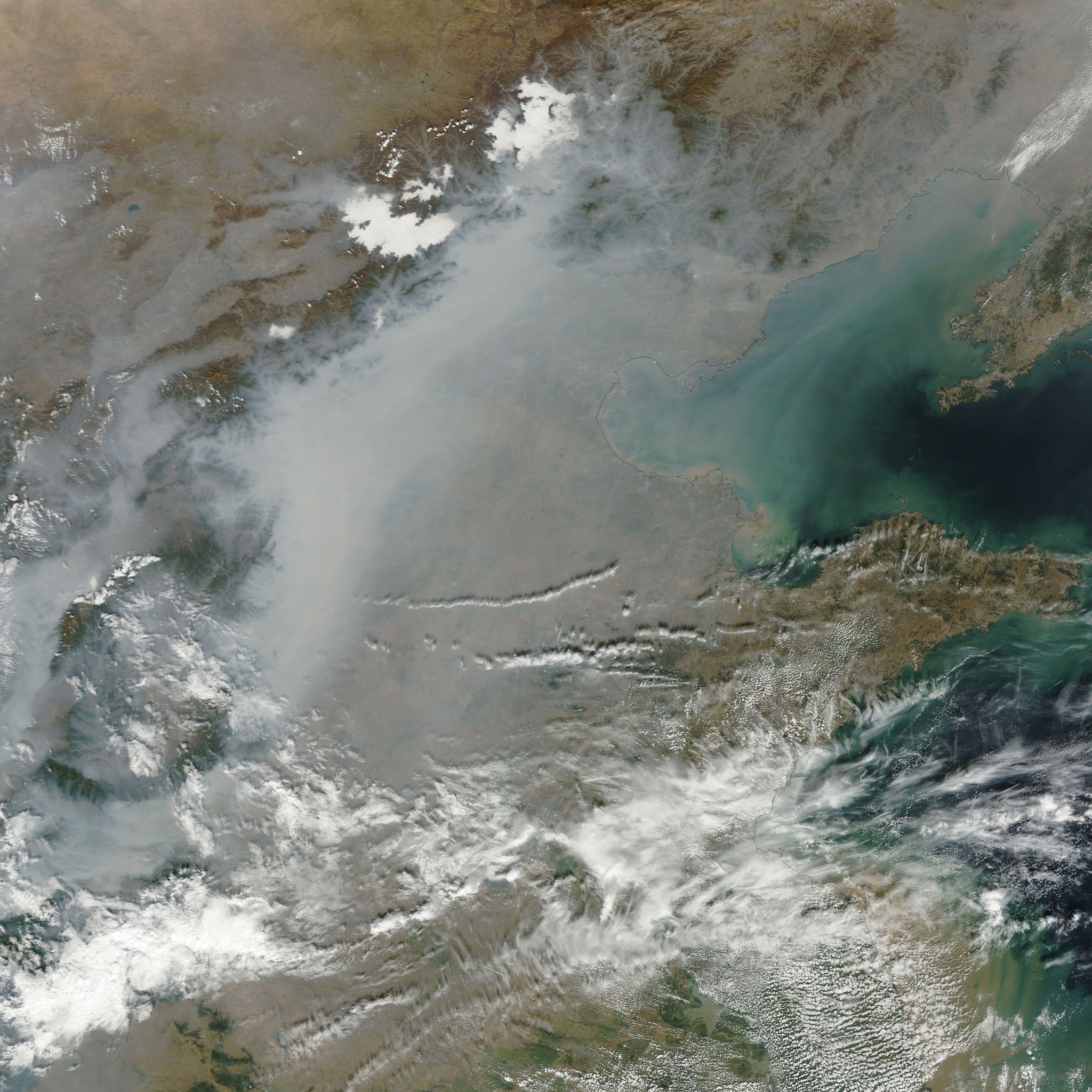Notifications
ALL BUSINESS
COMIDA
DIRECTORIES
ENTERTAINMENT
FINER THINGS
HEALTH
MARKETPLACE
MEMBER's ONLY
MONEY MATTER$
MOTIVATIONAL
NEWS & WEATHER
TECHNOLOGIA
TV NETWORKS
VIDEOS
VOTE USA 2026/2028
INVESTOR RELATIONS
COMING 2026 / 2027
ALL BUSINESS
COMIDA
DIRECTORIES
ENTERTAINMENT
FINER THINGS
HEALTH
MARKETPLACE
MEMBER's ONLY
MONEY MATTER$
MOTIVATIONAL
NEWS & WEATHER
TECHNOLOGIA
TV NETWORKS
VIDEOS
VOTE USA 2026/2028
INVESTOR RELATIONS
COMING 2026 / 2027
About Me
 Latinos Media
Latinos Media Latinos Media provides all types of news feeds on a daily basis to our Members
Posted by - Latinos Media -
on - May 14, 2024 -
Filed in - Entertainment -
-
653 Views - 0 Comments - 0 Likes - 0 Reviews

10 min read
Preparations for Next Moonwalk Simulations Underway (and Underwater)
Imagine a layer cake, wrapping around the Earth. That is essentially what the Earth’s atmosphere is like: layers upon layers of gas surrounding the Earth, working to protect the planet. We asked Rei Ueyama, an atmospheric scientist at NASA Ames Research Center, to explain a little bit more about the function and importance of our atmosphere. Ueyama is part of the Atmospheric Science Branch, which focuses on advancing our knowledge and understanding of atmospheric behaviors around the planet. Ueyama’s research focuses specifically on processes in the upper troposphere and stratosphere, which also enables her to support NASA’s airborne missions with forecasting and flight planning support, data collection, and analyses.
“The Earth’s atmosphere allows life to exist. . . like a protective bubble that surrounds the planet,” stated Ueyama. Although we cannot directly see the atmosphere, it provides the air we breathe and protects us from harmful ultraviolet (UV) rays. The atmosphere also works to trap heat and maintain moderate, habitable temperature ranges. Without it, the Earth’s temperature would be similar to that of the moon, which experiences extreme temperature fluctuations between day and night (-208°F to 250°F) due to the lack of an atmosphere.
There are five main layers that make up the atmosphere, differentiated by factors such as temperature, chemical composition, and air density.
1. TroposphereThe troposphere is the lowermost atmospheric layer. The troposphere holds all the air plants need for photosynthesis and animals need to breathe. Earth’s weather occurs in this layer, as it is where much of the atmospheric mass, including most of the water vapor, is found. The troposphere is also the densest atmospheric layer due to compression from the upper layers.
The troposphere interacts with the Earth’s surface, creating gradients in temperature that drive motion in air and water. The water from the Earth’s surface converts to water vapor via evaporation and transpiration and moves throughout the troposphere, where it condenses into clouds. Winds move the clouds, and the water comes back down as precipitation; rain, snow, sleet, and hail.
Within the troposphere, the temperature decreases with increasing altitude as a result of the air becoming thinner higher up in the layer. This temperature decrease is why we see snow at the peaks of tall mountains.
2. StratosphereThe stratosphere is the layer above the troposphere. Compared to the troposphere, the lower stratosphere experiences less turbulent air due to reduced convection, the vertical movement of the air in the atmosphere. This region is where commercial passenger aircraft fly. Unlike the troposphere, the temperatures begin to increase as the altitude increases within this layer, largely due to the presence of the ozone layer, which absorbs and protects the Earth from the Sun’s UV radiation. According to Ueyama, this temperature variance creates stability, with cooler, denser air at the bottom and warm, less dense air at the top.
3. MesosphereThe mesosphere is the middle layer between the stratosphere and the thermosphere. Meteors burn up when they enter the mesosphere, due to their speed of travel and the increased presence of gas molecules in the mesosphere compared to the outer atmospheric layers: this creates friction and heat, which incinerate the incoming meteors.
Like the troposphere, temperatures begin to decrease with increasing altitude. The mesosphere is the coldest atmospheric layer, and Ueyama noted that the mesopause, the boundary between the mesosphere and the thermosphere, is the coldest part of the entire atmosphere. This is because the mesosphere receives less solar radiation (sunlight) than the layers above it, and the air is less dense than the layers below.
4. ThermosphereThe thermosphere resides above the mesosphere. This layer is very active, swelling and shrinking in response to varying levels of solar radiation from the Sun. The thermosphere can reach up to 2000°C (3632°F) or higher. According to Ueyama, the density of the layer (or rather, the lack thereof) is responsible for its soaring temperatures. With so few gas particles, each one absorbs more radiative energy, which causes the thermosphere to reach such high temperatures. This layer is notable for being home to the International Space Station and other low-Earth-orbit satellites.
Within parts of the mesosphere and thermosphere are stretches of high-energy electrons and ionized atoms, referred to as the ionosphere (don’t let the sphere part of the name fool you: these are groups of particles within the meso- and thermo- spheres). “The Sun’s very high-energy x-rays and UV radiation hits the [gas] molecules, and it knocks off electrons from their parent atoms [leaving] a lot of ions. So that’s why we call it [the] ionosphere,” explained Ueyama. When these particles are excited, they collide to create auroras – also known as the northern and southern lights.
5. ExosphereThe exosphere is the outermost layer of the Earth’s atmosphere, where most satellites orbit. The exosphere denotes the end of our atmosphere and the beginning of outer space, though there is not a definitive top altitude where the exosphere ends. “It’s kind of like the air molecules are leaking out of the Earth’s atmosphere,” said Ueyama.
Current Topics of Interest
Some of the topics atmospheric scientists are interested in include greenhouse gases, pollution and air quality, and cloud-related processes. Researchers are working on increasing our understanding of how these topics will affect our climate and public health in the future, especially with rapidly changing environmental factors.
Greenhouse gases, a specific category of trace gases, come from natural and anthropogenic (human-caused) activity. Compared to historical records, the concentration of greenhouse gases is increasing in the atmosphere, causing average global temperatures to rise.
Greenhouse gases are not inherently a problem, as they maintain habitable temperatures on Earth. Ueyama explained that without the greenhouse gas effect, the average surface temperature would be around –20˚C (–4˚F). It becomes an issue when anthropogenic activity, such as the burning of fossil fuels, increases the concentration of greenhouse gases beyond natural levels, which then traps more heat than normal. This temperature increase is directly associated with climate change.
Pollution/Air Quality
Pollution raises public health concerns, such as decreased lung function and even premature death for people with heart or lung diseases. Some sources of pollutants are naturally occurring, such as smoke from volcanoes and wildfires, but other sources come from anthropogenic activity. For example, carbon dioxide and nitrous oxides, which are also forms of greenhouse gases, are released from factories and cars.
When aerosols, small particles that are suspended in the air and emitted from natural (wildfires, volcanoes) and anthropogenic activity (fossil fuel combustion), populate the atmosphere, the atmospheric composition changes. “This can also change the radiative balance of the Earth and affect the climate,” said Ueyama.

Radiative balance, also called Earth’s energy budget, refers to the balance between incoming and outgoing amounts of radiation, which atmospheric gases play an important role in managing. The incoming radiation is mostly shortwave solar energy (sunlight), some of which is reflected back out into space by atmospheric gases or clouds, some of which is scattered by atmospheric aerosols, and some of which is absorbed by the planet’s surface. Outgoing radiation is longwave radiation emitted by Earth’s surface, which is almost entirely absorbed by atmospheric gases and then re-emitted in all directions: some gets launched into space and is therefore lost from the system, but some goes back down to Earth to repeat the warming cycle.

Ueyama also mentioned the concern of fine inhalable particles such as PM2.5, which are particles 2.5 micrometers and smaller. The smaller the particle, the further it can get into our lungs and cause health problems such as asthma and irregular heartbeats. PM2.5 is directly released from sources like motor vehicle exhaust, or created during complex chemical interactions in the atmosphere. Any of these sources of PM2.5 can have adverse effects on human health.
As different aerosols continue to be emitted, scientists are still working to understand and predict the long-term implications these particles have on the atmosphere’s composition, human health, and environmental conditions. By detecting, monitoring, and modeling these changes, we can understand the behaviors and interactions between atmospheric chemistry and the climate. This informs us of future changes to the climate and guides national and regional air quality standards.
CloudsClouds have a significant influence on weather and climate. Depending on their features and their altitude in the atmosphere, clouds create either a warming or cooling effect on Earth. Thicker and lower-altitude clouds block solar radiation, cooling the Earth’s surface. Meanwhile, thinner, higher-altitude clouds in the atmosphere trap some solar radiation that is reflected from the Earth’s surface, creating a warming effect. These interactions fit within what is called the cloud-climate feedback.
Ueyama’s research covers the dynamic physical processes and interactions between the troposphere and stratosphere to understand what drives variability in clouds and weather patterns. “Understanding the processes that determine these cloud characteristics is [of] interest so that we can improve simulations of clouds and convection in global climate models and therefore better predict future climate,” said Ueyama.
Current Atmospheric Research and ResourcesNASA conducts various research on the properties of Earth’s atmosphere, air quality, and Earth’s energy budget. To cover atmospheric-related questions, NASA has four main atmospheric research programs including the Upper Atmosphere Research Program (UARP), Tropospheric Composition Program (TCP), Radiation Sciences Program (RSP), and Atmospheric Composition Modeling and Analysis Program (ACMAP).
One of NASA’s newly launched satellites, Plankton, Aerosol, Cloud, ocean Ecosystem (PACE), helps researchers study the exchange of carbon dioxide between the ocean and the atmosphere. PACE can detect aerosols and clouds simultaneously, thereby providing valuable insight into the effects of aerosols and their interactions with clouds. Ueyama will provide meteorological and aerosol forecasting for the Plankton, Aerosol, Cloud, ocean Ecosystem Postlaunch Airborne eXperiment (PACE-PAX) campaign; a field campaign conducting data validation to support the PACE mission.
In addition to NASA’s satellites capturing data from space, there are a multitude of airborne and ground-based missions that both collect and validate data. The Inexpensive Network Sensor Technology for Exploring Pollution (INSTEP) is one of the latest networks of low-cost, high-value air pollution-detecting instruments that can capture and monitor trace gases like methane and carbon dioxide. The Trace Gas GRoup (TGGR) at NASA Ames Research Center deployed INSTEP sensors across California to monitor air quality and support satellite data validation.
For those looking to build their knowledge of the atmospheric sciences, check out NASA’s EarthData for more information and related topics. For news on NASA’s atmospheric-related research, visit NASA’s Earth’s Atmosphere page.
In addition to NASA’s research and resources, Ueyama recommends the University Corporation for Atmospheric Research (UCAR) and the National Oceanic and Atmospheric Administration (NOAA) websites, as public resources offering additional information on atmospheric science topics.
Article Author: Katera Lee
Content POC: Milan Loiacono